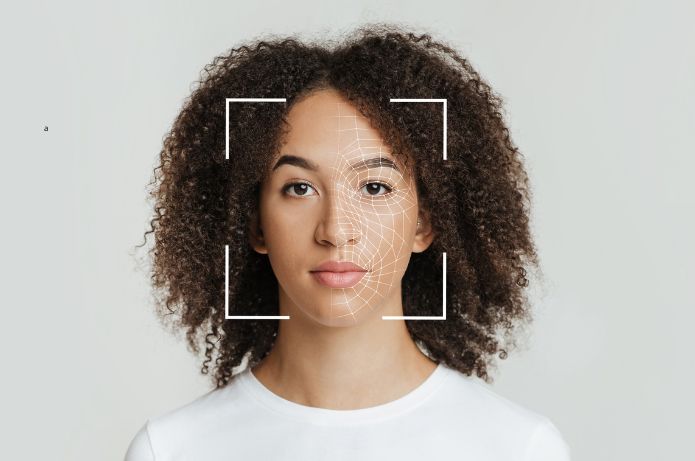Facial recognition has emerged as one of the most promising biometric technologies in the payments sector, offering a unique combination of security and convenience. This innovation is transforming the way we conduct financial transactions, eliminating the need for physical cards, passwords or even smartphones
Facial recognition technology works by capturing and analyzing unique features of a person's face, how the distance between the eyes, the shape of the nose and the contour of the jaw. These data are then converted into a digital code and compared with a database of registered faces. In the context of payments, this means that a user can simply look at a camera to authenticate a transaction
One of the main advantages of facial recognition for payments is enhanced security. Unlike passwords or PINs, that can be forgotten or stolen, facial features are unique to each individual and extremely difficult to forge. Furthermore, many advanced facial recognition systems incorporate "liveness detection" technology, what can distinguish between a real face and a photo or mask, further increasing security
Convenience is another crucial factor. With facial recognition, consumers no longer need to carry wallets full of credit cards or worry about typing passwords in public. This is particularly useful in high-traffic environments, like public transport or fast food, where the speed of the transaction is essential
Several countries are already adopting this technology on a large scale. In China, for example, the "payment with a smile" has become common in many stores and restaurants. Companies like Alibaba and Tencent led this revolution, integrating facial recognition into your mobile payment platforms. In the United States, companies like Amazon are experimenting with cashierless stores, where customers can simply grab the items they want and leave, with facial recognition taking care of the payment automatically
However, the widespread implementation of this technology is not without challenges. Concerns about privacy are significant, with many consumers and civil rights advocates expressing concern about the storage and use of biometric data. There are fears that this information could be hacked or misused for surveillance
Ethical issues also arise, particularly regarding possible biases in facial recognition algorithms. Studies have shown that some systems have higher error rates for certain demographic groups, raising concerns about potential discrimination
To address these concerns, regulators around the world are developing legal frameworks to govern the use of biometric technology. For example, The General Data Protection Regulation (GDPR) of the European Union classifies biometric data as a special category of personal data, requiring additional protections
Companies that implement facial recognition payment systems are also taking steps to ensure privacy and security. This includes the encryption of biometric data, the decentralized storage of information and the provision to consumers of clear opt-in and opt-out options
Looking to the future, it is likely that we will see an even greater adoption of facial recognition for payments, especially as technology becomes more accurate and privacy concerns are addressed. The integration with other emerging technologies, how the Internet of Things (IoT) and Artificial Intelligence (AI), can lead to even more sophisticated and personalized payment experiences
In conclusion, facial recognition for payments represents a significant advancement in financial transaction technology, offering a unique balance between security and convenience. Although there are challenges to be overcome, particularly regarding privacy and ethics, the potential of this technology to transform our daily payment experience is undeniable. As we continue to navigate this new frontier of biometric technology, it will be crucial to maintain an open dialogue between companies, regulators and consumers to ensure that benefits are maximized while risks are minimized


